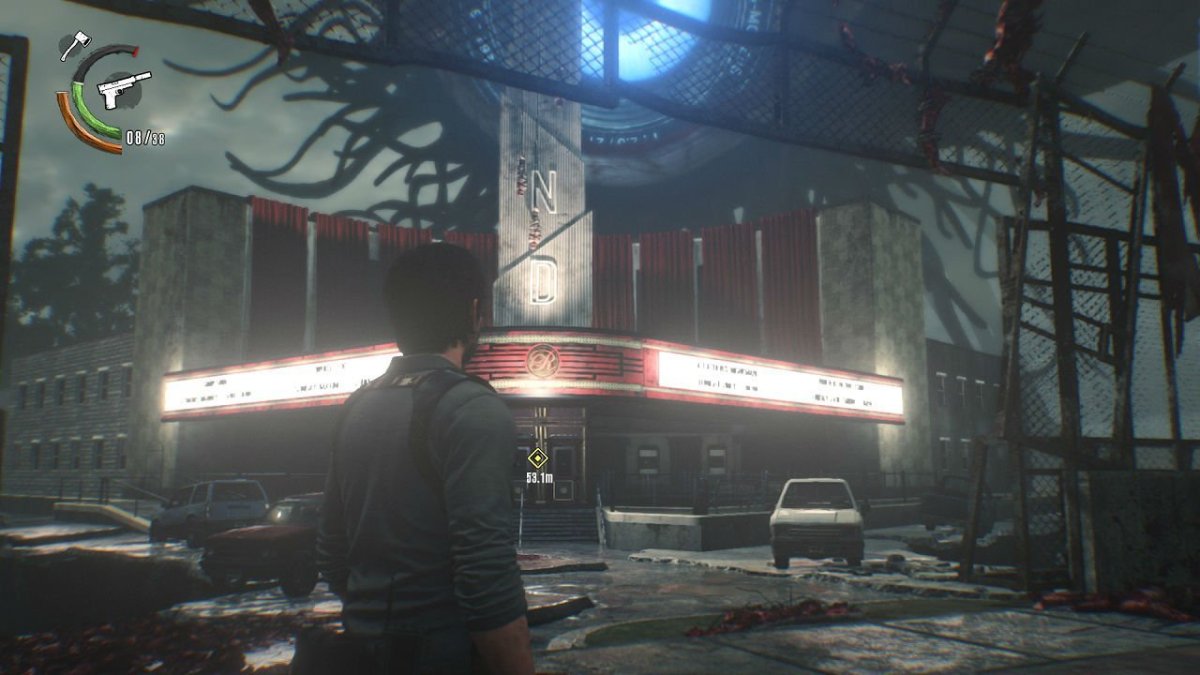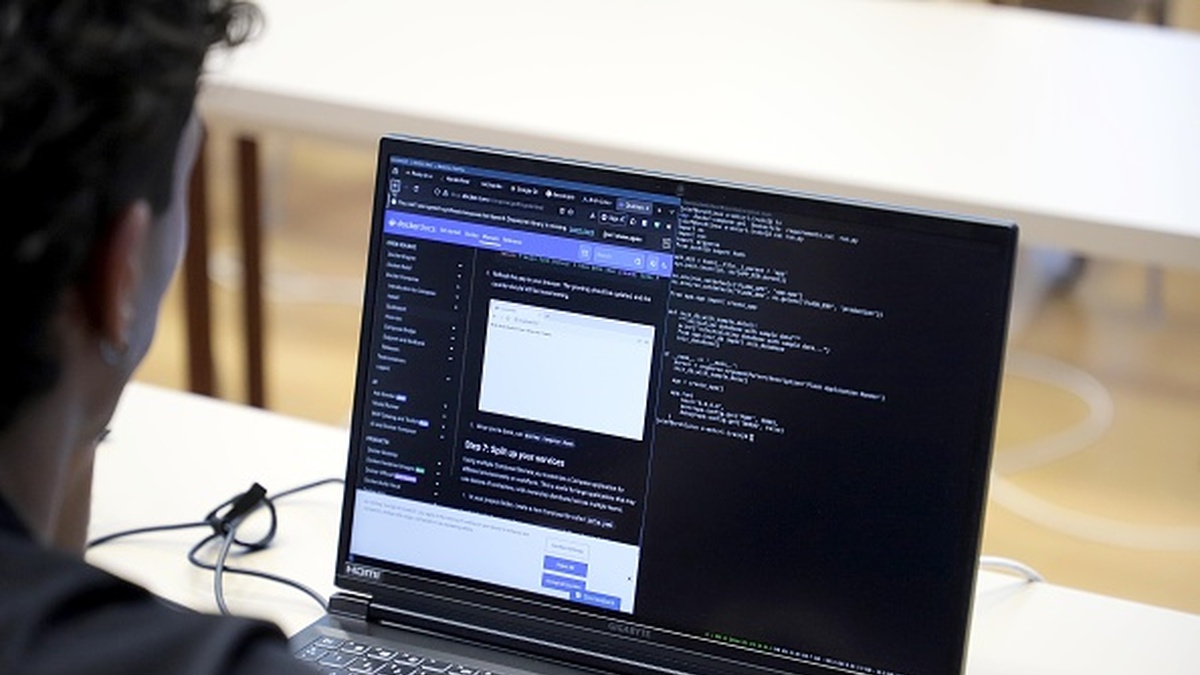At long last, The Evil Within 2 has arrived and that means once again we must follow protagonist through the mental horrorscape of STEM. Your experience will always be harrowing throughout, but the specifics will change greatly depending on the difficulty you choose before you start. Fortunately, Tango Gameworks has detailed all of them so your experience in Union will be a slightly less painful one.
There are four difficulty modes in The Evil Within 2 — Casual, Survival, Nightmare and Classic — along with New Game Plus, and as Tango Gameworks notes, each one will have huge ramifications on your experience throughout the game.
Casual
“For those who want to experience the story without a struggle. Items are abundant, and you can take many more hits before you die.”
Casual is the closest thing this game has to an easy mode. As the in-game description notes, items will be more abundant and Sebastian will be far more resilient than usual. However, what the description doesn’t tell you is that Sebastian will be privy to two extra perks right from the start. The first of these is the Bottle Break ability, which allows Sebastian to break free of any enemy grabs so long as he has a bottle in his possession. Typically, you’d have to buy this using Green Gel, but now you can simply use those resources elsewhere. The second is aim assist, which will allow you to easily land more hits whenever Sebastian fires even if you usually stink at aiming your gun.
Simply put, Casual mode is for those who are more interested in the story than actual gameplay or simply are not familiar with The Evil Within series or the Survival Horror genre in general.
Survival
“For those who want the basics of a Survival Horror experience. Keep an eye on your resources, approach situations with caution, and don’t get overconfident.”
Survival is the middle ground difficulty in The Evil Within 2 and functions as its normal mode. Compared to Casual, this mode will feature more enemies and less resources, so you’ll need to employ a bit more intelligence in every encounter (or avoiding them if possible). Fortunately, inventory management won’t be a concern, so you won’t need to worry about forgoing certain items Sebastian finds throughout Union if you’ve been good at maintaining a solid supply of items in your pack. Just like with Casual, aim assist is available for those who need it, but it won’t be automatically enabled like before.
Simply put, Survival mode is for those who might consider themselves regular gamers but not very accustomed to this genre, or are simply not in the mood for a crushing experience.
Nightmare
“For those who enjoy a challenge, and for experienced Survival Horror players. Resources are limited, and enemies hit much harder. Careful item management and strategic play are an absolute must to survive.”
Nightmare is the second-to-last difficulty in The Evil Within 2 and serves as its hard mode. Interestingly enough, however, it is actually easier than the equivalent difficulty mode in the original game. That said, this mode will still be quite difficult to beat if you don’t stay alert at all times. Not only are there more enemies at various junctures, but there will also be tougher ones as well. What’s more items are fewer in number and ammo is scarce, so you’ll be forced to craft them instead. As such, you’ll often find yourself walking around with “dead space” in your inventory, due to either not having items to craft more ammo or not reaching an area where crafting is available. Lastly, aim assist is not available in this difficulty, so you’ll need to ensure your aim is top-notch.
This mode is for those who enjoyed the difficulty of the previous game, though its enabled right at the start for anyone who is feeling particularly ambitious…or foolhardy.
Classic
Classic is less of a difficulty mode and more of a riff on Nightmare. The parameters are the same for each and no new mechanics are added, but it does offer a few interesting twists that make this “mode” the hardest one in The Evil Within 2.
— No autosaves, meaning that any death will return you to the title screen.
— You can only save the game seven times throughout the course of the game.
— Sebastian can’t upgrade his weapons or himself, so you’ll need to know how to use all of his base abilities and every weapon in his arsenal effectively to survive until the end.
Those who are experienced with Survival Horror titles won’t be too surprised by the difficulties of this mode and it’s definitely a step up from the previous entry’s Akumu mode and its one-hit kills.
New Game Plus
Just like with Classic, New Game Plus isn’t really a difficulty mode. Rather, it serves as a way to extend to gameplay on a game file should the player wish to collect the remaining files and locker keys hidden throughout Union after beating the game. That said, there are benefits for even those who don’t care about that kind of stuff, such as being able to find an increased amount of Green Gel and Weapon Parts so that Sebastian can upgrade himself and his arsenal to their absolute max.
Per usual, you’ll earn better weapons if you beat the game on a higher difficulty and Tango Gameworks makes mention of Sebastian earning new costumes depending on his actions in the previous playthrough.
So, that’s the rundown of all the difficulty modes and New Game Plus in The Evil Within 2. Be sure to pick the one that is right for you, and definitely check out our review so you can have a firm grasp of the game overall before going in.
The Evil Within 2 is out now for the PlayStation 4, Xbox One and PC.











Published: Oct 13, 2017 10:32 am